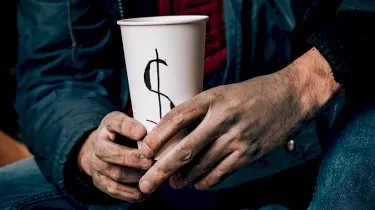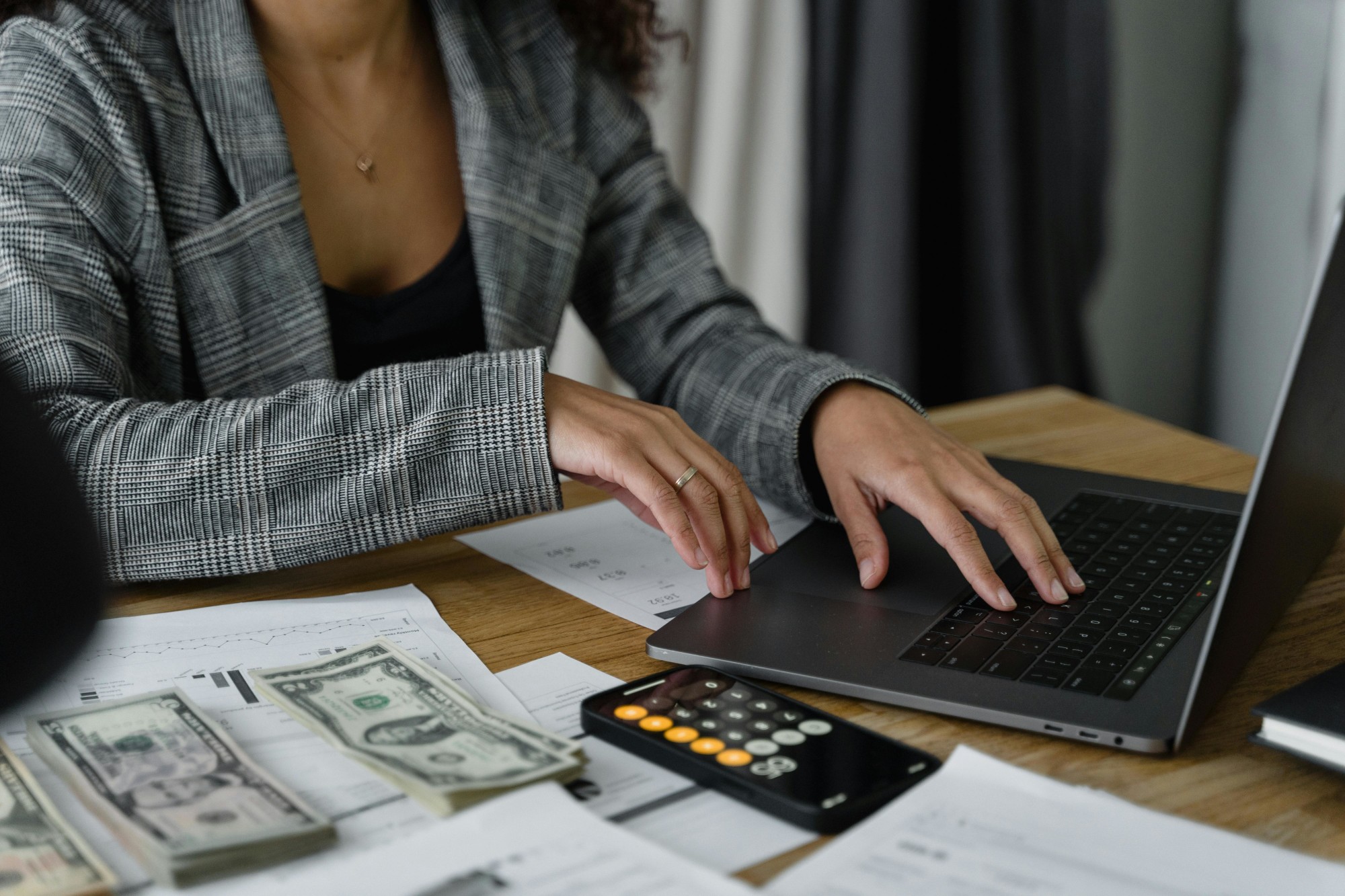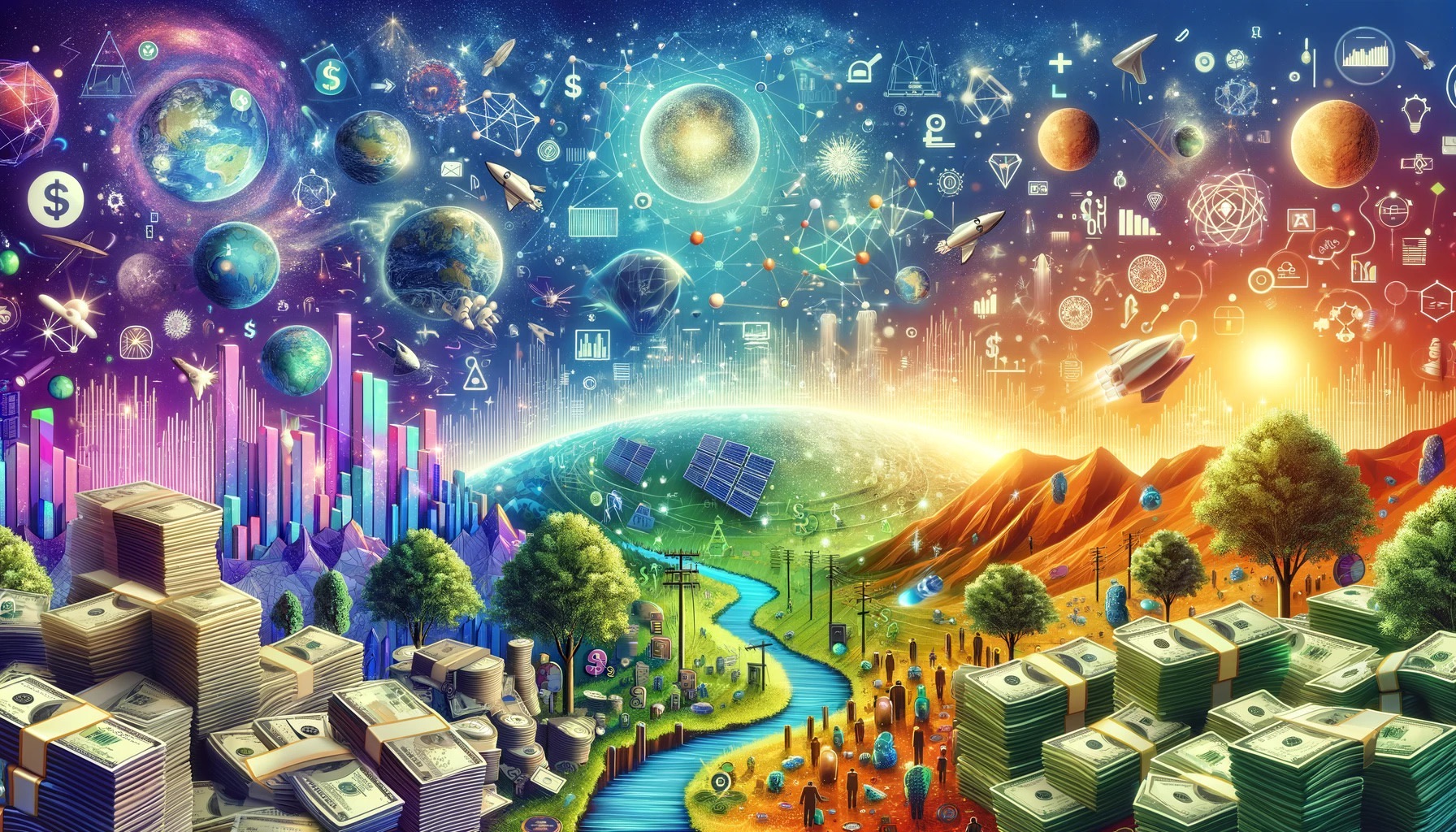Earn
Australia’s rich get richer while poor bear the brunt of the economic downturn
Earn
Australia’s rich get richer while poor bear the brunt of the economic downturn
The COVID-19 pandemic has seen Australia’s 31 billionaires increase their fortunes, while Australia’s poorest could take up to a decade to recover from the economic downturn.
Australia’s rich get richer while poor bear the brunt of the economic downturn
The COVID-19 pandemic has seen Australia’s 31 billionaires increase their fortunes, while Australia’s poorest could take up to a decade to recover from the economic downturn.

Stats collated by Oxfam showed that Australia’s rich have increased their wealth by nearly $85 billion since the global pandemic was announced in January.
While the pandemic has been a boom for the very top, Australia's unemployment has skyrocketed, with nearly 3 million people receiving some form of government benefit, including the JobKeeper or JobSeeker programs.
Oxfam Australia chief executive Lyn Morgain said that in the context of the country’s first recession in almost 30 years, this extreme inequality was particularly shocking.
“As hundreds of thousands of people were losing their jobs and entering an incredibly unstable employment market, this small group of elite Australians saw their incomes recover very quickly, before beginning their upwards trajectory once more,” Ms Morgain said.

Ms Morgain highlighted how wealth inequality could take a decade to recover from, as policymakers withdraw support despite the unemployment rate remaining above pre-COVID levels.
“While the government should be congratulated for acting quickly to implement wage subsidies and other social protection measures last year, the inappropriate and unfair reversal of the increase to JobSeeker payments is a cruel blow to the poorest Australians and, according to unions, has left 1.4 million people living on as little as $51 a day.”
The four Australian economists who took part in the survey agreed the coronavirus crisis would lead to an increase or major increase in income inequality, with the $85 billion in created wealth able to give 2.5 million poorest Australians a one-off payment of just over $33,300 each.
The economist agreed it was the sharpest increase in inequality in at least 50 years, with women and ethnic minorities likely to feel the impact the most.
Ms Morgain said that inequality in Australia especially stands out when comparing the incomes of Australia’s 10 highest-paid CEOs with healthcare workers that were needed during the pandemic.
“We found that it would take a nurse 259 years to earn what a top Australian CEO earns, while a CEO could earn the annual salary of a nurse in 1.3 days,” Ms Morgain said.
“The critical nature of the work of all of our healthcare workers who continue to tackle this crisis, as well as how that work has been undervalued in the past, has rarely been more apparent in the Australian community as it is now.
“This global emergency has truly laid bare the entrenched injustices of our current economic system, which only serves to deepen inequality, particularly in times of crisis.”
Worldwide Oxfam’s report found the 1,000 richest people on the planet recouped their COVID-19 losses within nine months, while it could take more than a decade for the world’s poor to recover from the pandemic.
The world’s 10 richest men have seen their combined wealth increase by half a trillion, which Oxfam states is enough to pay for the COVID-19 vaccination.
At the same time, the pandemic has ushered in the worst job crisis in over 90 years, with hundreds of millions of people now underemployed or out of work.
“We stand to witness the greatest rise in inequality since records began. The deep divide between the rich and poor is proving as deadly as the virus.
“Globally, women and marginalised racial and ethnic groups are bearing the brunt of this crisis. They are more likely to be pushed into poverty, more likely to go hungry and more likely to be excluded from healthcare,” Ms Morgain concluded.
About the author

About the author


Salary
GoCardless calls for stronger small business support following rejection of Payday Super extension
GoCardless has urged the federal government to increase support for small businesses after the House of Representatives voted against a proposed amendment to the Payday Super legislation that would ...Read more

Salary
The financial benefits of a diversified income stream
In today’s volatile economic environment, relying solely on a single source of income can be risky. Diversifying your income streams can provide financial stability, reduce the risk of financial ...Read more

Salary
Despite losing top spot, Elon Musk rakes in $400,000 hourly
Elon Musk, the entrepreneur known for his involvement in a wide range of innovative and technological businesses, has recently been dethroned as the wealthiest individual in the world, with Bernard ...Read more

Salary
Rising unemployment and skill shortages prompt Australian businesses to look globally for talent
Australia has witnessed its unemployment rate surging above 4% for the first time in two years, revealed by the latest Labour Force data. Read more

Salary
New findings link job mobility hurdles to stagnant wage growth
Recent research from the e61 Institute has unearthed significant links between slow wage growth in Australia and obstacles to job mobility, including non-compete clauses, complicated occupational ...Read more

Salary
Employers scrambling to prevent workplace brain drain
As workplace managers face a swiftly evolving employment market that’s increasingly favouring the demands of white-collar employees and jobseekers, bosses are falling under mounting pressure to ...Read more

Salary
Unions back Albanese’s pledge to close gender pay gap
An electoral promise from Labor to make gender pay equity an objective of the Fair Work Act has been hailed as a “watershed moment” from industry peak bodies who have traditionally advocated for ...Read more

Salary
Coles asked to disprove $115m in alleged wage theft
One of Australia’s biggest supermarkets faces allegations that it underpaid more than 7,500 employees a total of $115 million. Read more

Salary
GoCardless calls for stronger small business support following rejection of Payday Super extension
GoCardless has urged the federal government to increase support for small businesses after the House of Representatives voted against a proposed amendment to the Payday Super legislation that would ...Read more

Salary
The financial benefits of a diversified income stream
In today’s volatile economic environment, relying solely on a single source of income can be risky. Diversifying your income streams can provide financial stability, reduce the risk of financial ...Read more

Salary
Despite losing top spot, Elon Musk rakes in $400,000 hourly
Elon Musk, the entrepreneur known for his involvement in a wide range of innovative and technological businesses, has recently been dethroned as the wealthiest individual in the world, with Bernard ...Read more

Salary
Rising unemployment and skill shortages prompt Australian businesses to look globally for talent
Australia has witnessed its unemployment rate surging above 4% for the first time in two years, revealed by the latest Labour Force data. Read more

Salary
New findings link job mobility hurdles to stagnant wage growth
Recent research from the e61 Institute has unearthed significant links between slow wage growth in Australia and obstacles to job mobility, including non-compete clauses, complicated occupational ...Read more

Salary
Employers scrambling to prevent workplace brain drain
As workplace managers face a swiftly evolving employment market that’s increasingly favouring the demands of white-collar employees and jobseekers, bosses are falling under mounting pressure to ...Read more

Salary
Unions back Albanese’s pledge to close gender pay gap
An electoral promise from Labor to make gender pay equity an objective of the Fair Work Act has been hailed as a “watershed moment” from industry peak bodies who have traditionally advocated for ...Read more

Salary
Coles asked to disprove $115m in alleged wage theft
One of Australia’s biggest supermarkets faces allegations that it underpaid more than 7,500 employees a total of $115 million. Read more








